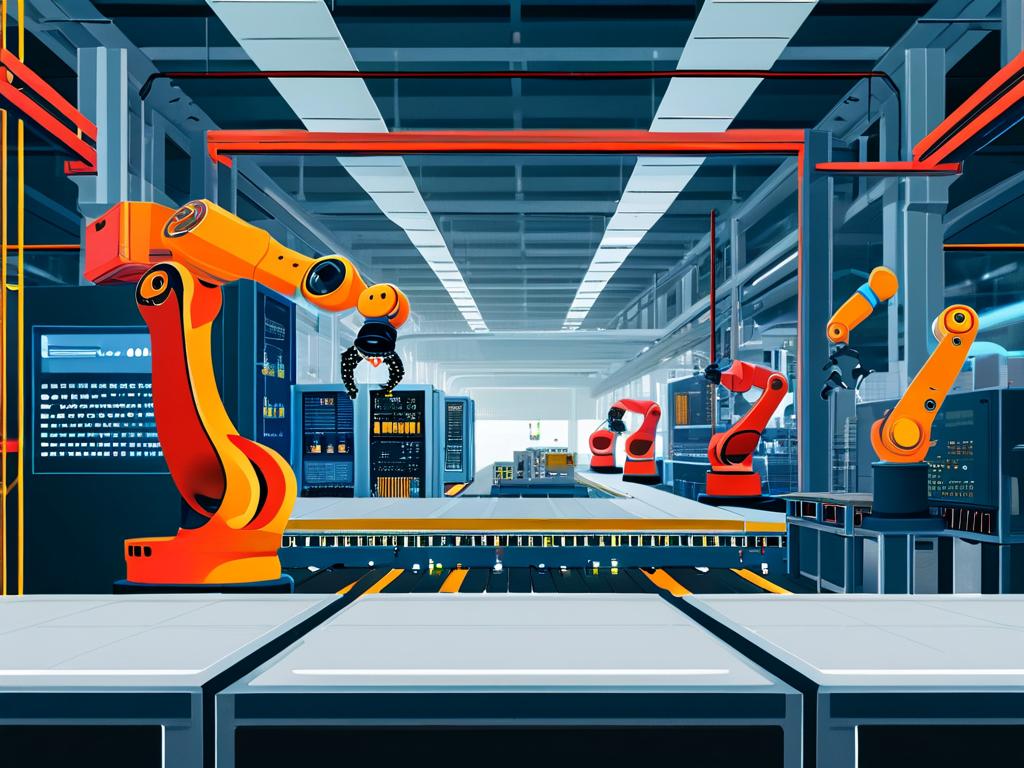Queues are fundamental data structures in computer science that follow the First-In-First-Out (FIFO) principle. They play a critical role in algorithm design, enabling efficient management of ordered processes, task scheduling, and resource allocation. This article explores the most commonly used queue structures in algorithms, their unique characteristics, and practical applications.

1. Linear Queue
A linear queue is the simplest form of a queue, where elements are added at the rear (enqueue) and removed from the front (dequeue). It operates like a straight line, ensuring strict FIFO order. However, linear queues suffer from a significant limitation: once the rear reaches the end of the allocated memory, new elements cannot be added even if space is available at the front (a problem known as "false overflow").
Applications:
- Print job scheduling in operating systems.
- Breadth-First Search (BFS) traversal in graphs.
2. Circular Queue
A circular queue resolves the space inefficiency of linear queues by treating the underlying array as a circular buffer. When the rear reaches the end, it wraps around to the beginning if space is available. This structure optimizes memory usage and ensures constant-time operations for enqueue and dequeue.
Key Features:
- Fixed-size implementation.
- Uses modulo arithmetic to manage front and rear pointers.
Applications:
- Traffic light control systems.
- Streaming data buffers in real-time systems.
3. Priority Queue
Unlike standard queues, a priority queue assigns a priority value to each element. Elements with higher priority are dequeued first, regardless of their insertion order. This structure is often implemented using heaps or balanced trees to ensure efficient priority-based retrieval.
Applications:
- Dijkstra's algorithm for shortest path calculations.
- Emergency task scheduling in operating systems.
4. Double-Ended Queue (Deque)
A deque allows insertion and deletion at both ends, combining features of stacks and queues. It supports FIFO and Last-In-First-Out (LIFO) operations, making it highly versatile. Deques can be implemented using arrays or linked lists, with dynamic resizing capabilities.
Applications:
- Undo/redo functionality in text editors.
- Sliding window algorithms in data streams.
5. Blocking Queue
A blocking queue is designed for concurrent programming. When the queue is empty, threads trying to dequeue are blocked until elements become available. Similarly, threads trying to enqueue are blocked if the queue reaches its capacity. This structure ensures thread-safe synchronization.
Applications:
- Producer-consumer problems in multithreaded environments.
- Task distribution in distributed systems.
6. Message Queue
Message queues facilitate asynchronous communication between distributed systems or microservices. Messages are stored temporarily until they are processed by the receiving system. Popular implementations include RabbitMQ and Apache Kafka.
Applications:
- Decoupling components in cloud-based architectures.
- Event-driven systems like IoT data pipelines.
Comparative Analysis
Each queue structure excels in specific scenarios:
- Linear queues are ideal for simple FIFO requirements but lack scalability.
- Circular queues optimize memory but require fixed-size allocation.
- Priority queues handle dynamic prioritization but involve higher computational overhead.
- Deques offer flexibility at the cost of implementation complexity.
- Blocking queues ensure concurrency control but may introduce latency.
- Message queues enable distributed communication but rely on external infrastructure.
Future Trends
With advancements in real-time systems and distributed computing, hybrid queue structures (e.g., priority-based circular queues) are gaining traction. Machine learning algorithms also leverage adaptive queues to dynamically adjust priorities based on data patterns.
Understanding queue structures is essential for designing efficient algorithms. From basic linear queues to complex message queues, each variant addresses unique challenges in data management and system coordination. As computational demands grow, the evolution of queue architectures will continue to shape the future of algorithmic problem-solving.









